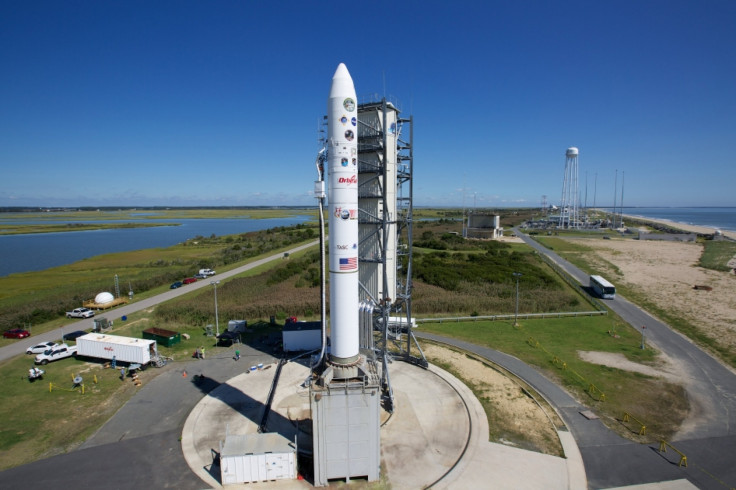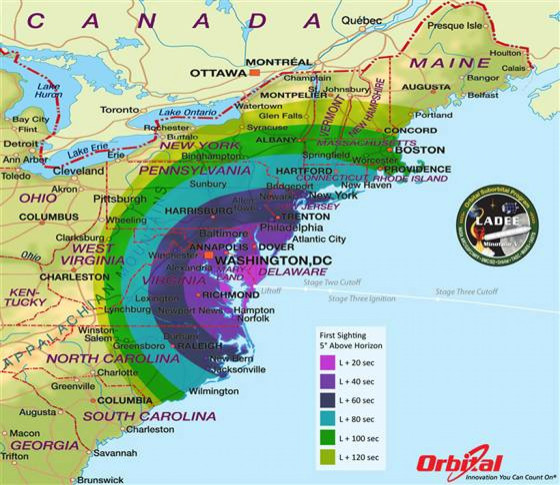NASA LADEE Launch Live Stream: How To Watch Moon Probe Launch On Friday Night

On Friday night, a private contractor will be launching NASA's Lunar Atmosphere and Dust Environment Explorer (LADEE) spacecraft into space -- making for what will be surely be a brilliant display.
The goal of the LADEE mission is to study the surface of the moon and the super-thin lunar atmosphere in order to hopefully offer new insight into several mysteries of the moon, including if its glow is caused by lunar dust.
LADEE is scheduled to launch at 11:27 p.m. ET on Friday (Sept. 6) from the Mid-Atlantic Regional Spaceport at Wallops. And lucky for the nation's space watchers, NASA has provided several in-person and online means through which to witness the launch.
ONLINE
Live launch commentary starts on Friday at 9:30 pm. ET on NASA TV. In New York City, live NASA TV coverage can also be seen on the Toshiba Vision screen in New York's Times Square from 10:30 p.m. Sept. 6 to 1 a.m. Sept. 7.
You can access the NASA TV live stream by clicking this link.
A prelaunch webcast will also run from 9:30-11:30 p.m. on NASA EDGE. During the webcast viewers will be able to ask mission experts questions thorough social media using the hashtag #askNASA.
You can watch the NASA EDGE webcast by clicking this link.
ON THE RADIO
Listeners worldwide can hear the live audio of the NASA TV broadcast by tuning into Third Rock Radio. Third Rock Radio can be streamed from the NASA homepage as well as on smart phones and tablets through the Tuneln mobile app.
IN THE NIGHT SKY
You can witness the launch from two viewing locations that have been set up by NASA at Robert Reed Park on Chincoteague Island, and on Beach Road spanning the area between Chincoteague and Assateague Islands.
NASA has also provided the map below showing the visibility zones of the rocket, detailing how high it will appear above the horizon:

Finally, on Saturday, Sept. 7 -- approximately two hours after the launch -- NASA TV will also air a post-launch news conference.
The mission is set to run for a total of 100 days. It will take close to a month for LADEE to transfer from Earth to lunar orbit, reports NBC News. It will then take another 40 days for the craft to be commissioned for scientific observations. If Friday night's liftoff is postponed due to technical or weather related issues, several backup dates are already in place for another evening launch.
© Copyright IBTimes 2024. All rights reserved.






















